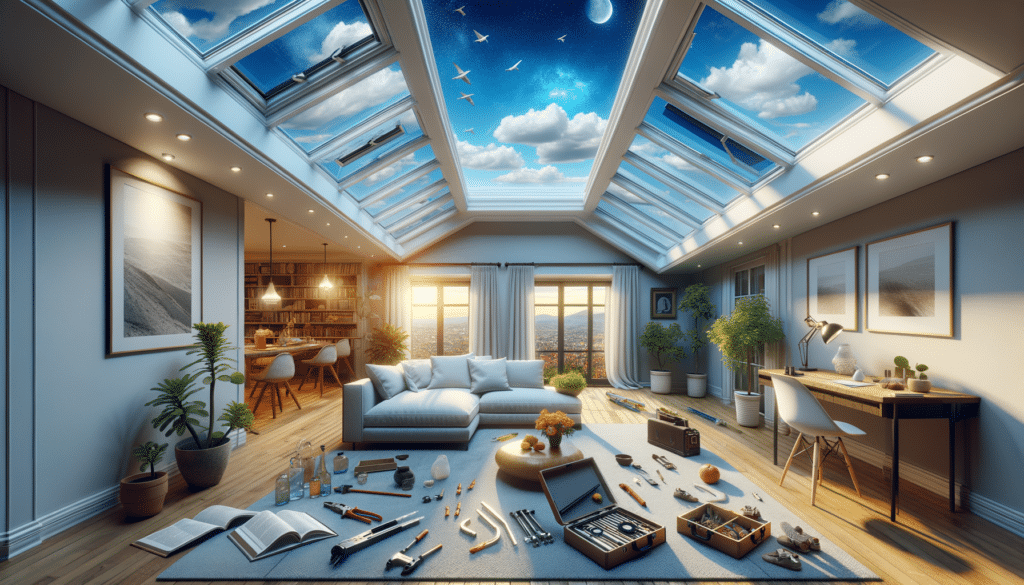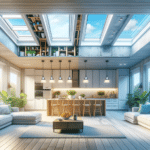Can I Install a Skylight on My Own?
Installing a skylight can be a rewarding DIY project, but it’s essential to assess your skills and the complexity of the task before starting. If you possess basic carpentry skills and a good understanding of roofing, you might be able to install a skylight on your own. However, it’s crucial to consider the type of roof you have, as some materials and angles can complicate the installation process. Flat roofs, for instance, might require additional waterproofing techniques to prevent leaks.
Before diving into the project, gather all necessary tools and materials. You’ll need a saw, drill, screws, roofing cement, and flashing kits, among other items. It’s also wise to consult the skylight manufacturer’s installation instructions and guidelines.
While the idea of a DIY skylight installation might be appealing, consider the risks involved. Improper installation can lead to leaks, structural damage, and energy inefficiency. If you’re uncertain about any step of the process, it might be beneficial to hire a professional for peace of mind and to ensure the job is done correctly.
Common Mistakes to Avoid in Skylight Installation
Skylight installation, though a fantastic way to introduce natural light into your home, can be fraught with pitfalls if not approached carefully. One common mistake is choosing the wrong size or type of skylight for your space. A skylight that’s too large can overwhelm a room, while one that’s too small might not provide the desired effect.
Another frequent error is poor placement. Installing a skylight in an area that receives too much direct sunlight can lead to overheating, while placing it in a shaded area might not offer the light you seek. Consider the orientation of your home and the path of the sun throughout the day to optimize placement.
Improper sealing and flashing are also significant concerns. Without adequate sealing, water can seep into your home, causing damage and mold growth. Ensure that flashing is installed correctly to direct water away from the skylight and prevent leaks.
Finally, neglecting to check local building codes and regulations can lead to costly fines and the need to redo the installation. Always verify that your project complies with local laws and obtain any necessary permits before beginning work.
The Impact of Skylights on Energy Efficiency
Skylights can significantly influence a home’s energy efficiency, both positively and negatively. When installed correctly, they can reduce the need for artificial lighting and contribute to solar heating, especially during the colder months. This can lead to lower energy bills and a smaller carbon footprint.
However, if not properly insulated, skylights can become a source of heat loss in winter and heat gain in summer, negating their energy-saving benefits. Choosing energy-efficient skylights with double glazing and low-emissivity coatings can help mitigate these issues.
Additionally, incorporating features such as blinds or shades can allow you to control the amount of light and heat entering your home, further enhancing energy efficiency. Automated systems are available that adjust based on the time of day and weather conditions, offering convenience and optimal performance.
Overall, while skylights can enhance energy efficiency, careful consideration of materials, placement, and additional features is necessary to maximize their benefits and minimize potential drawbacks.


